Cataracts in cats are the increased opacity of the lens of the eyes. Cataracts may be seen in one eye or both eyes. The lens of the eyes is composed of proteinaceous fibers. The lights are passed through the cornea, lens, aqueous humor, and vitreous humor, making an image on the retina. Cataracts hinder the passage of sunlight through the lens, cause impaired vision, and may lead to permanent blindness.
Risk Factors of Feline Cataracts
The risk factors of feline cataracts are as follows:
- Cataracts may occur in any age or gender of the cats.
- A few breeds of cats like Himalayan, British Shorthair, and Birmans cats are more susceptible to cataracts.
- Genetic or hereditary causes.
- Aged cats.
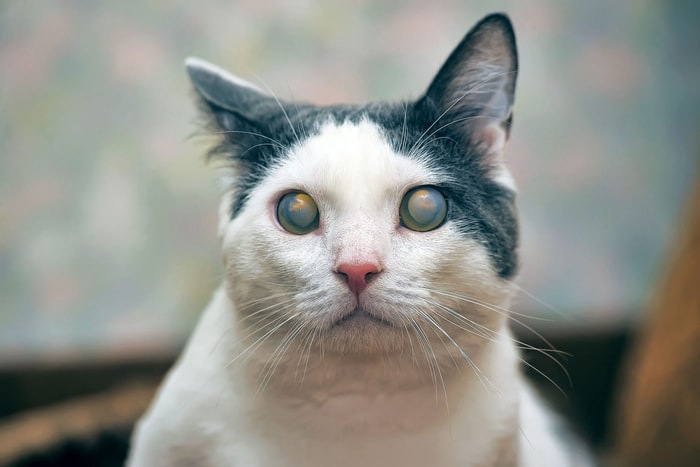
Causes of Cataracts in Cats
The most common causes of feline cataracts are as follows:
- Direct trauma of the eye.
- Infectious diseases or inflammation of the eyes.
- Diabetes mellitus in cats.
- High blood pressure in cats.
- Nutritional deficiencies.
- Chronic exposure to hazardous radiations.
- Neoplasm or tumor in eyes.
- Pink eyes in cats.
- Viral or protozoal, or parasitic infection in eyes.
- Glaucoma in cats.
- Dislocation or luxation of the lens of the eyes.
- Autoimmune diseases.
- Electric shock.
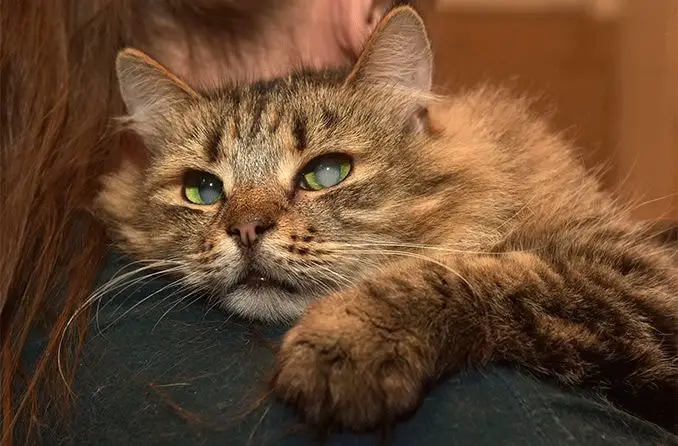
Clinical Signs of Cataracts in cats
The clinical signs of feline cataracts depend on lens opacity, age, and developmental stage. The most common symptoms are:
- The eyes are hazy in appearance.
- Trouble in vision in cats to see the feed bowl or stairs in the home.
- Development of retinal sclerosis.
- Disorientation of cats.
- The cats are trying to hide in the corners of the house.
- Changes in the behavior of cats.
- The color of the iris changes.
- Unusual meowing.
- The affected cats show signs of anxiety or stress.
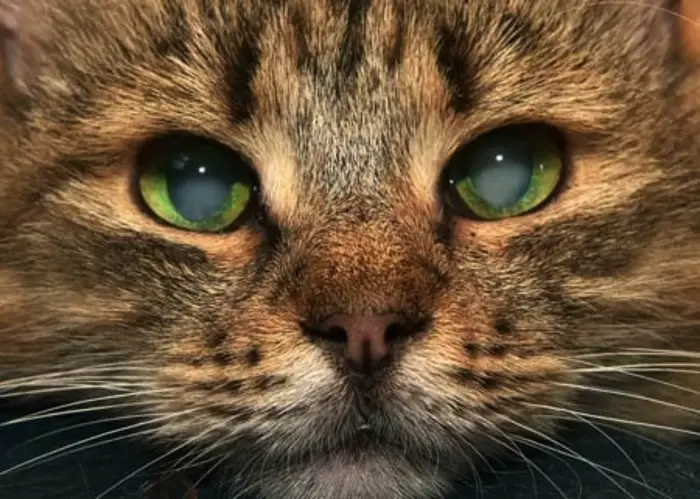
Diagnosis of Feline Cataracts
The general methods of diagnosis of cataracts in cats are as follows:
- Clinical history and presence of risk facts in cats.
- Presence of specific clinical signs.
- Ophthalmic examination by a vet.
- Blood test for the presence of diabetes mellitus.
- Blood pressure determination of hypertension.
- Advance eye ultrasonography or imaging.
- Determination of pressure in eyes for glaucoma.
- Blood test for infection or metabolic diseases.
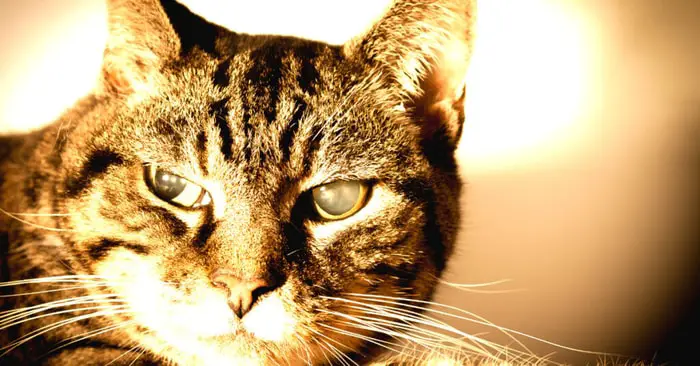
Treatment of Cataracts in Cats
The definitive treatment of feline cataracts is the surgical removal of cataracts. The process of removing cataracts is called phacoemulsification.
- In extreme cases, replacement of lens with an artificial lens.
- If the cause of cataracts is infectious, treatment with antibiotics, both local and parenteral.
- Antihistamines to reduce itching or cat allergies.
- Anti-inflammatory eye drops.
- Maintain balanced nutrition in the cat’s daily diet.
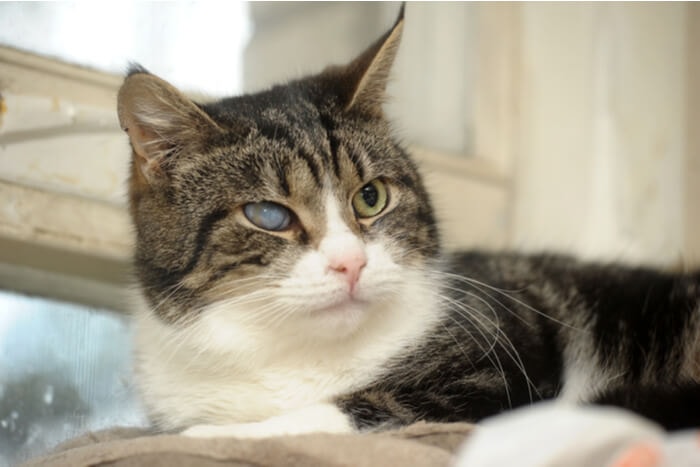
Prevention of Feline Cataracts
Cataracts are a common problem in ages and malnutrition cats. The condition can be prevented by taking the following measures:
- Regular supply vitamin A with cat food.
- Treat the infection of the eyes properly.
- Control diabetes in cats.
- Regular checking of the blood pressure of aged cats.
- You can use an Elizabeth collar to reduce itching.
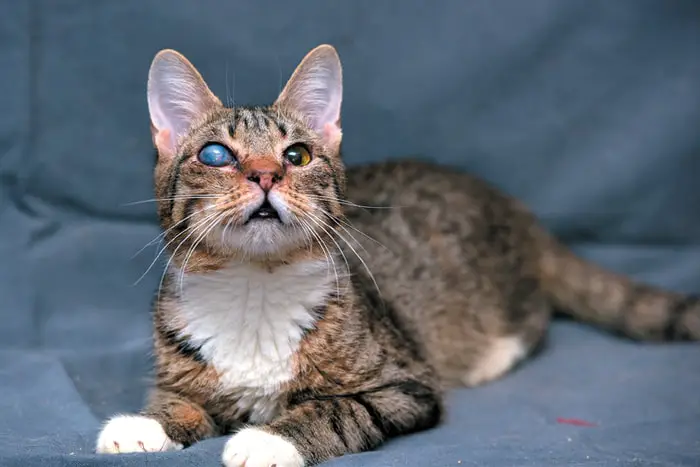
Concluding Remarks on Cataracts in cats
Feline cataracts can be cured by proper treatment and preventive measures. The recovery of cataracts depends on the appropriate diagnosis and treatment of the conditions. The article describes the causes, risk factors, and necessary information about cataracts in cats. This article will help you to keep your lovely cat healthy. Thank you for your happy reading. You can share the information about the article with your friends.